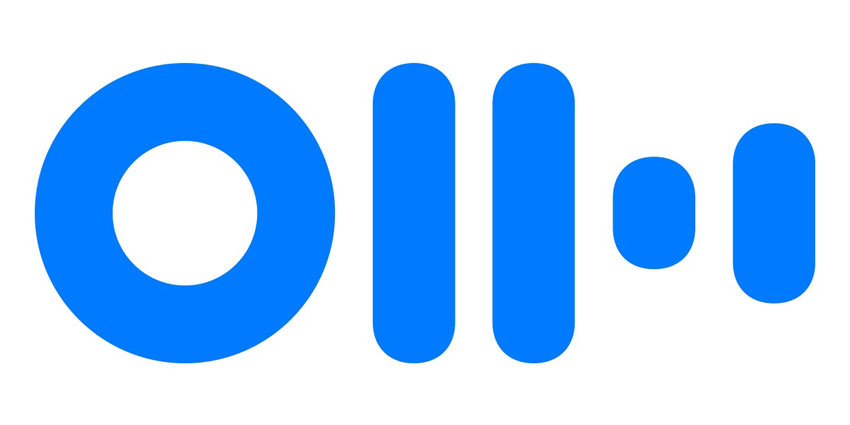What if it was just as easy for your organisation to search through the voice conversations you have with your customers, as it is for you to browse through emails and texts? That’s the concept that many of today’s biggest communications brands are beginning to explore, with the introduction of intelligent voice transcription apps.
A recently launched app called “Otter” entered the market at the end of February, designed by former Google architect Sam Liang. Liang’s company, “AI Sense” has been developing the technology underneath the Otter app for the past 2 years. Today, it hopes to serve users a solution that automatically transcribes voice conversations, ensuring that all companies can discover the true value of the voice call.
Building on an Existing Idea
There are already AI solutions out there designed to transcribe voice conversations, but they’re not as effective as they should be when it comes to understanding human-to-human conversations. For instance, the Google Voice API is optimised for voice search. It’s used to listening to one voice, talking slowly and asking for a specific response. Human interactions are far more complex.
The idea behind Otter is to capture conversations that exist in day-to-day life, like the meetings we have, interviews, lectures, and more, and transform them into an archive of searchable data. The new mobile app for Android and iOS offers a simple and intuitive interface. All you need to do to access Otter is click the “record” button to capture the conversation. From there, you can transcribe the file, or share it with others directly from inside the app.
Otter’s entire technology stack, including it’s AI speech recognition software, was designed in-house. The company chose to avoid the existing speech recognition APIs on the market because they felt that extra work needed to be done to improve the accuracy of recognition for multiple speakers.
A New World for Voice Recognition
Only a few years ago, designing an app like Otter would have been impossible. It’s only thanks to significant advances in AI and deep learning that Liang’s company has been able to unlock a new level of speech recognition. While the system may not be perfect, it shows incredible potential and could pave the way for a stream of new voice recognition applications.
Otter’s AI technology can differentiate between speakers in a conversation. While it doesn’t catch every word exactly, it does give you an incredible insight into the data available in a voice conversation. Otter can function in real-world environments, even with other background noise playing.
Though there’s still some way to go before voice recognition applications become completely accurate for human-to-human interactions, Otter’s system is incredibly useful at helping users to find important pieces of information within a long recording. Liang believes that AI Sense’s technology could lead to countless innovations in the future, with solutions for verticals all the way from education, to healthcare.
What’s Next for Otter and AI Sense?
Liang’s organisation AI Sense has already licensed its transcription tech to the popular video conferencing platform Zoom, and improved releases are in the works. A future release will come with features to allow customers to record phone calls, though for now, the Otter app focuses entirely on in-person conversations.
To date, AI Sense has raised $13 million in funding, and it will be interesting to see what innovations it brings to the market next.







